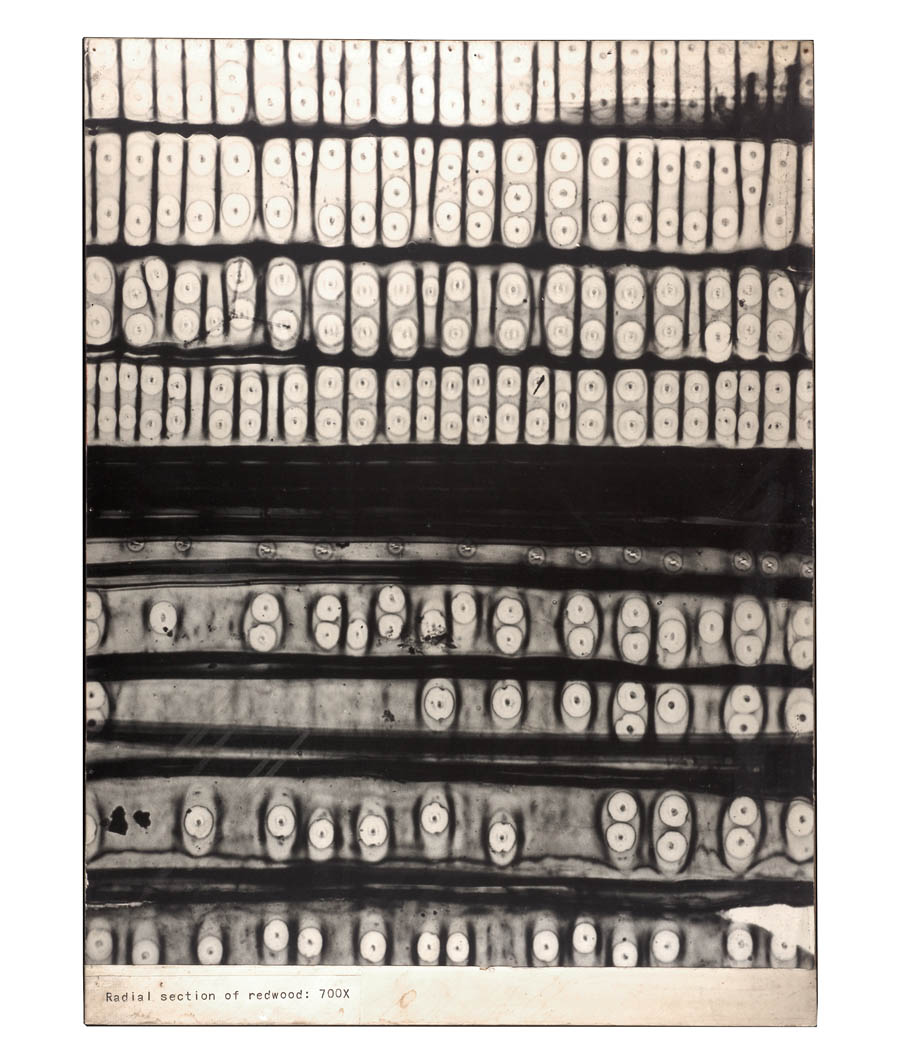
November 8, 2019
Gyorgy Kepes: Undreaming the Bauhaus
In Gyorgy Kepes: Undreaming the Bauhaus, historian John R. Blakinger investigates the life of the Hungarian artist, the last of the Bauhaus generation in America.

Despite never attending the famed design school, the Hungarian artist Gyorgy Kepes is generally acknowledged to be the last of the Bauhaus generation in America. Kepes’s journey from political firebrand (he agonized over whether to join the International Brigades in Spain or emigrate to America) to technocrat is compellingly told in Gyorgy Kepes: Undreaming the Bauhaus (MIT Press), by the historian John R. Blakinger.
Kepes followed his compatriot László Moholy-Nagy to Chicago to teach at the latter’s short-lived New Bauhaus school. After publishing his influential Language of Vision in 1944, Kepes scaled the ranks of the emergent specialist class in the United States, finding himself at the center of nuclear arms research—at MIT.

Yet, in Blakinger’s revisionist narrative, Kepes never lost the political idealism of his youth. His struggle to reconcile this with his complicit role in MIT’s arms research was smoothed over by a personality trait: his brilliance at forging collaborations across disciplines. This helped him gain entry into the “Cold War avant-garde,” through whose collective genius Kepes “hoped to make manifest Bauhaus ideas that had originated decades earlier.” His, inevitably, was a misplaced faith.
You may also enjoy “Far from Being a Temple to Rationality, the Bauhaus Was a ‘Cauldron of Perversions’.”
Would you like to comment on this article? Send your thoughts to: [email protected]







